Sweet stevia, scientifically known as stevia rebaudiana, belongs to the Asteraceae family and is widespread in temperate climates. An interesting fact about stevia is that it is roughly 300 times sweeter than sugar.
Moreover, stevia has no calories, does not affect blood sugar levels, and is a plant rich in vitamins and minerals. Therefore, this plant is a much healthier sugar substitute.
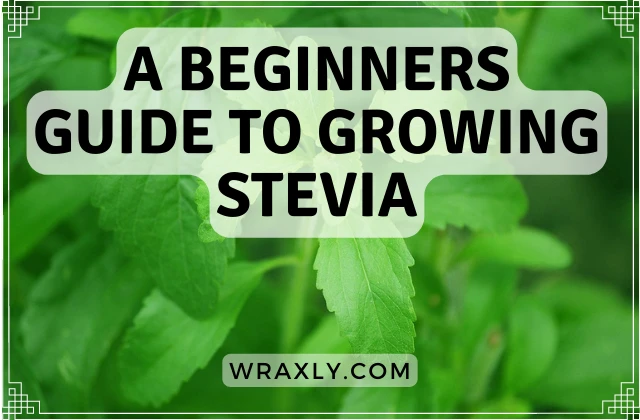
Growing Conditions
Stevia is a native plant to Brazil and Paraguay; therefore, it likes to grow in warmer climates. Additionally, the deep roots help the plant fight against drought during the hotter seasons. However, stevia plants do not tolerate prolonged drought or excessive moisture. This plant prefers deep, humus-rich, sandy-clay, and well-structured soils.
Stevia Culture
Stevia is a great investment for your health and your wallet. This perennial plant can provide crops for up to five years and can be replanted after each harvest without damaging the land. By planting stevia, you can enjoy the benefits of its sweet taste and reap the rewards of its longevity.
Planting Stevia in Your Home Garden
If you are planning to grow stevia in your home garden, it is important to make sure the soil is free from contamination. Additionally, select soil with moderate texture, as heavy-compacted (clay) or cold soil is not suitable for growing stevia. If contamination or weeds are present, they can be removed with specific herbicides.
Stevia Plants and Seed Recommendations
| Image | Title | Prime | Buy |
|---|---|---|---|
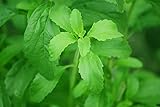 | 100+ Stevia Rebaudiana Sweetleaf Seeds Rare Edible Heirloom Sugar Garden Plant | PrimeEligible | Check My Price on Amazon |
Top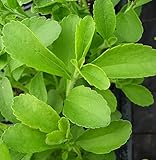 | Stevia - Herb - rebaudiana - Sugar Substitute - Live Plant | Prime | Check My Price on Amazon |
 | Outsidepride Perennial Stevia Sweetleaf Herb Garden Plant Sugar Substitute & Sweetener Alternative - 50 Seeds | Prime | Check My Price on Amazon |
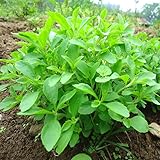 | Live Stevia Plant Well Rooted for Planting Outdoor Indoor, Sweetleaf Herb Plant, 3 Inches to 5 Inches Tall | Prime | Check My Price on Amazon |
 | Stevia Live Plant, (Stevia rebaudiana ) 2.5 inch Pot - Candy Leaf Sweet Leaf Sugar Leaf Sweetener Plant Live | Prime | Check My Price on Amazon |
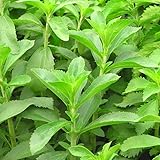 | Stevia Plant Well Rooted for Planting Outdoor Indoor, 3 Inc to 5 Inc Tall, Sweetleaf Herb Plant | Prime | Check My Price on Amazon |
Garden Preparation
To ensure a successful harvest of stevia, these five steps should be followed when preparing the garden for planting:
- Level the ground.
- Fertilize during autumn with semi-fermented manure or a complex fertilizer such as NPK 20-20-20.
- Till your land around 11-13 inches deep to provide enough space for the stevia roots to spread.
- Break up the soil to attain a finer grain.
- Shape the soil in 37-inch-wide layers during autumn or spring. Shaping the soil involves either raking or tilling the soil to create flat, even surfaces. This helps to create a more even landscape for the stevia plants to grow in and ensures that the soil is not too dense or too loose for the plant roots to spread out.
How to Plant Stevia
You can grow stevia from root cuttings, or you can grow it from seed. The ideal sowing time is between February and March. Planting root cuttings in raised beds is standard practice.
The optimum dimensions for the raised beds are 4- 6 inches high and at least 20 inches in width. The prime spacing between each row is 12 to 18 inches, and 12 inches for spacing between plants.
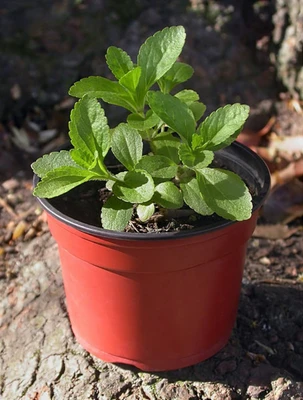
Maintenance Work
Stevia plants require more maintenance than other food plants due to their high harvesting rate. Here are the three most important things to keep in mind when caring for stevia plants:
Weeding
Weeds heavily affect stevia plants in the initial growth stages, usually appearing after the first 15-30 days of planting. Therefore, staying on top of the weeding for your plant’s health is crucial.
Most commonly, weeding is done by hand. Pulling out weeds and their roots by hand is a simple and effective method to take care of your plants. Another simple way to keep the weeds in check is to use mulch or plastic sheets, which prevent weeds from photosynthesizing. Alternatively, using a hoe or weed whacker to cut back weeds after every harvest will slow down their growth.
Watering
Stevia plants should be watered frequently, but not too much. Watering should be done every 2-3 days to keep the soil moist, but avoid overwatering. You should also adjust the amount of water depending on the weather conditions, as stevia plants require less water during cooler, wetter months and more water during dry, hot months.
Fertilizing
Stevia plants require good, balanced nutrition. They are higher-yield sweet plants and need enough nutrition to form sugary compounds in their leaves. While the primary plant food is from the soil itself, stevia is a plant that responds well to outside sources.
Therefore, high-quality fertilizer can significantly improve the final yield and ensure your stevia receives the proper nutrition.
- Chances are, you’ve seen packets of stevia in your local coffee shop. But did you know that the stevia plant can be grown in your own backyard? Here’s everything you need to know about how to grow, harvest, and enjoy stevia leaves at home.
- This book is your complete stevia guide from garden to table, with chapters about propagating, growing, and harvesting stevia, indoors and out.
- Enjoy your harvest with 35 delicious recip
Harvesting Stevia
You can collect your first stevia harvest within the first four months of planting the seeds or cuttings. After this, you can harvest every 40-60 days, guaranteeing a complete harvest every three months.
The quality and quantity of the sweet compounds are highest in the mornings and during the newborn stage. After flowering, the amount of glycoside decreases.
FAQs
Stevia plants can live on average for three years in warm climates. But with each year, it loses potency. The sweetest leaves grow in the first year of the plantation.
The best practice is not to let your stevia’s soil dry out with regular watering. However, standing water and wet mud must be avoided as they lead to rotting roots.
Once established, stevia is low maintenance and doesn’t need much watering.
Stevia likes to sunbathe in hotter temperatures as it is a native plant to Brazil and Paraguay. It does best in well-drained, fertile soil and appreciates regular watering.
This perennial plant rarely survives temperatures below 89.6 degrees Fahrenheit or 32 degrees Celsius. Therefore, eliminating many countries as potential growers of this natural sweetener.
Being a sweet plant, it naturally attracts insects that feed on its sweet nectar and big leaves. However, spraying the leaves with a pungent organic spray that contains garlic, chili, and rosemary usually deters any pests.
Final Thoughts on Growing Stevia
Stevia has the potential to be a real game-changer when it comes to tackling sugar addiction. Studies and investigations have shown that this plant can provide many health benefits, with its minimal calorie count, high nutritional value, and low sugar levels. However, it is important to remember that moderation is key when it comes to consuming stevia and any other food.
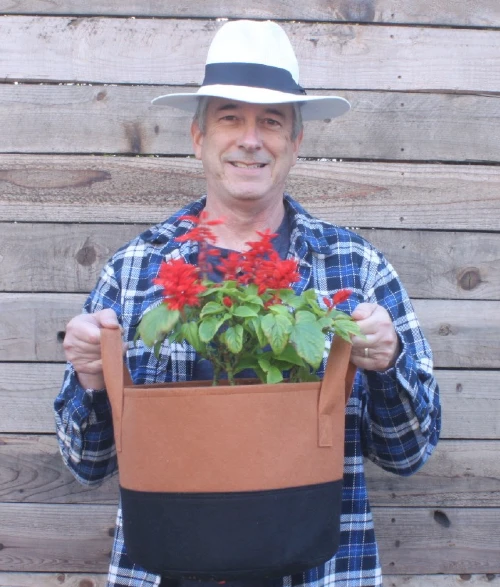
Darrell has a passion for gardening that he inherited from his father. Go here to read more about the influence his father played in his love for gardening. If you want to send Darrell a quick message, then visit his contact page here.
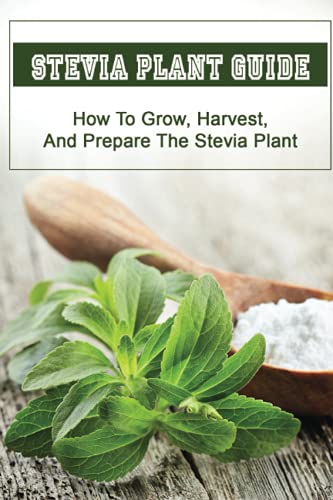
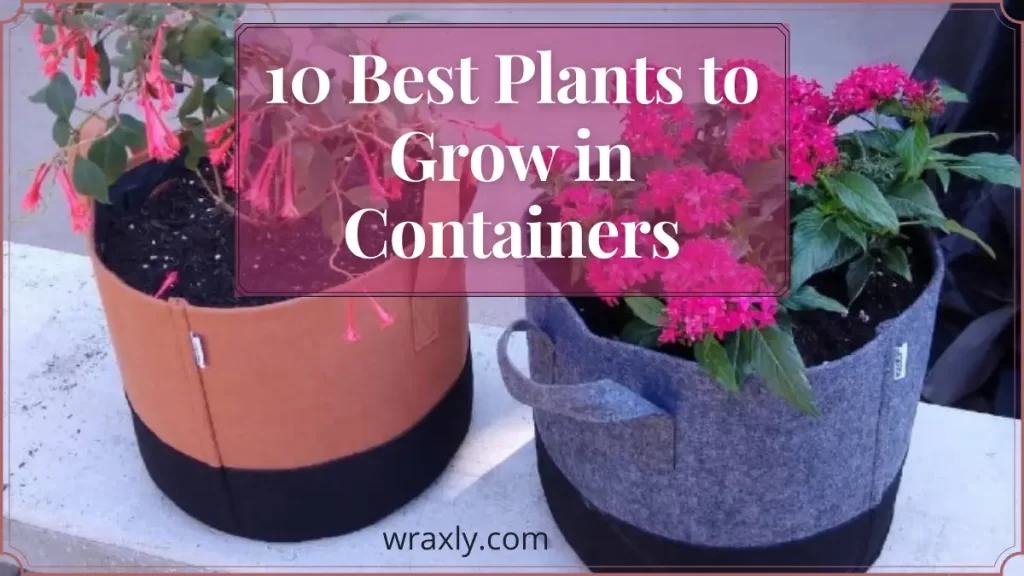
![How to Water Indoor Plants [Plant Care 101]](https://wraxly.com/wp-content/uploads/2021/03/How-to-Water-Indoor-Plants-Plant-Care-101-1200-1024x576.webp)
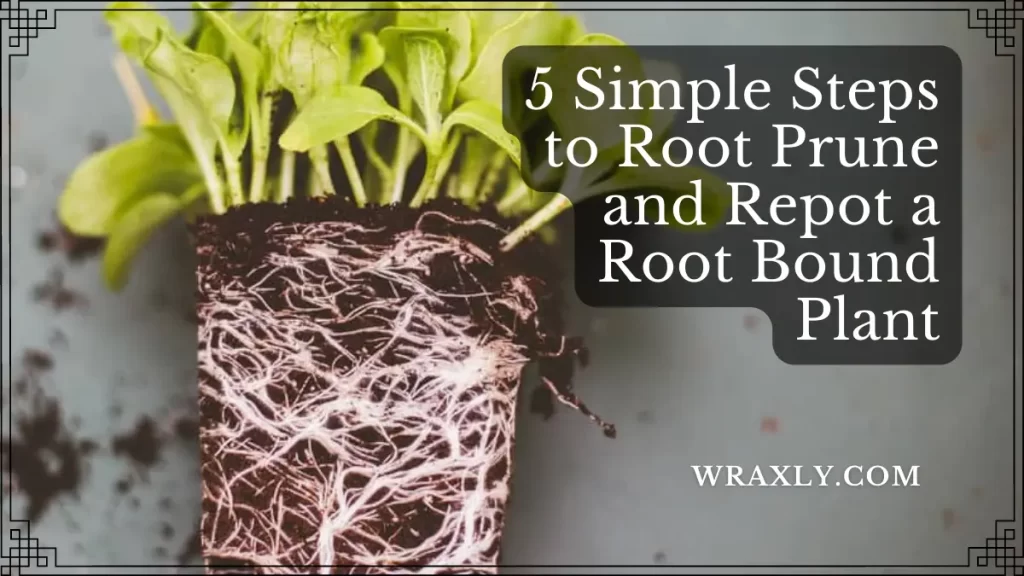
![Growing Plants from Cuttings [A Simple Guide]](https://wraxly.com/wp-content/uploads/2021/03/Growing-Plants-from-Cuttings-A-Simple-Guide-1200-1024x576.webp)